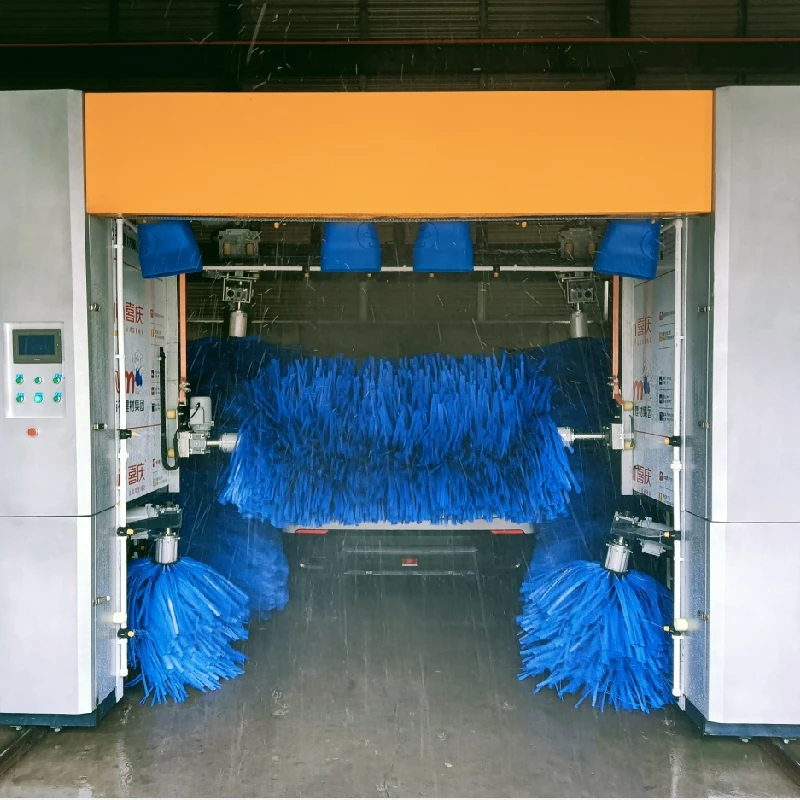
- Afrikaans
- Albanian
- Amharic
- Arabic
- Armenian
- Azerbaijani
- Basque
- Belarusian
- Bengali
- Bosnian
- Bulgarian
- Catalan
- Cebuano
- Corsican
- Croatian
- Czech
- Danish
- Dutch
- English
- Esperanto
- Estonian
- Finnish
- French
- Frisian
- Galician
- Georgian
- German
- Greek
- Gujarati
- Haitian Creole
- hausa
- hawaiian
- Hebrew
- Hindi
- Miao
- Hungarian
- Icelandic
- igbo
- Indonesian
- irish
- Italian
- Japanese
- Javanese
- Kannada
- kazakh
- Khmer
- Rwandese
- Korean
- Kurdish
- Kyrgyz
- Lao
- Latin
- Latvian
- Lithuanian
- Luxembourgish
- Macedonian
- Malgashi
- Malay
- Malayalam
- Maltese
- Maori
- Marathi
- Mongolian
- Myanmar
- Nepali
- Norwegian
- Norwegian
- Occitan
- Pashto
- Persian
- Polish
- Portuguese
- Punjabi
- Romanian
- Russian
- Samoan
- Scottish Gaelic
- Serbian
- Sesotho
- Shona
- Sindhi
- Sinhala
- Slovak
- Slovenian
- Somali
- Spanish
- Sundanese
- Swahili
- Swedish
- Tagalog
- Tajik
- Tamil
- Tatar
- Telugu
- Thai
- Turkish
- Turkmen
- Ukrainian
- Urdu
- Uighur
- Uzbek
- Vietnamese
- Welsh
- Bantu
- Yiddish
- Yoruba
wash your car with pressure washer
The Ultimate Guide to Washing Your Car with a Pressure Washer
Keeping your car clean is an essential part of vehicle maintenance, and using a pressure washer can significantly enhance your cleaning routine. Pressure washing not only speeds up the process but also provides a deeper clean compared to conventional methods. This article will guide you through the benefits, tools, techniques, and safety measures for washing your car with a pressure washer.
Benefits of Using a Pressure Washer
1. Efficiency Pressure washers can blast away dirt and grime in a fraction of the time it takes to wash a car by hand. The high-pressure water jets are effective at dislodging stubborn dirt, mud, and other debris that can accumulate on your vehicle.
2. Thorough Cleaning A pressure washer reaches crevices and nooks that are often missed when washing by hand. It is particularly effective for cleaning the undercarriage and wheel wells, which can harbor salt, sand, and other contaminants.
3. Eco-Friendly Options Many modern pressure washers allow you to use biodegradable soaps and detergents, minimizing your environmental impact. Additionally, pressure washing uses less water than traditional washing methods.
4. Versatility Beyond cleaning your car, pressure washers can be used for various other outdoor tasks, such as cleaning driveways, patios, and garden furniture.
Tools You Will Need
Before you start washing your car, gather the necessary tools
1. Pressure Washer A washer with a pressure rating of around 1,500 to 2,000 PSI is generally suitable for car cleaning. Ensure that it has adjustable pressure settings.
2. Nozzle Attachments Most washers come with various nozzles. For car washing, a 25-degree nozzle is usually ideal as it provides a good balance of pressure and coverage.
3. Car Wash Soap Use a soap specifically designed for cars. Avoid harsh detergents or household cleaners, as they can damage your car's paint.
4. Bucket and Sponge Use a bucket to mix soap with water, and have a sponge handy for areas that need extra attention.
5. Microfiber Towels These are perfect for drying your car after washing without scratching the surface.
wash your car with pressure washer

Washing Your Car Step-by-Step
1. Preparation Park your car in a shaded area to prevent soap and water from drying quickly under the sun, which can leave spots.
2. Rinse Start by rinsing your car thoroughly with the pressure washer. Use a wide-angle nozzle to wet the entire surface and remove loose dirt and debris.
3. Apply Soap Follow the manufacturer's instructions for your car wash soap. If your pressure washer has a foam cannon, use it to apply a thick layer of suds. Allow the soap to sit for a few minutes to break down grime.
4. Scrub For stubborn areas, use the sponge to gently scrub the surface. Pay special attention to the lower panels, wheel wells, and around the emblems.
5. Final Rinse Switch back to the wide-angle nozzle and rinse the car thoroughly from top to bottom, ensuring all soap and dirt are removed.
6. Dry Use microfiber towels to dry your car, which will help prevent water spots and streaks.
7. Details After the main wash, consider detailing your wheels and windows separately for that extra shine.
Safety Measures
When using a pressure washer, prioritize safety
- Distance Maintain a safe distance (approximately 2-3 feet) between the nozzle and the car’s surface to avoid damaging the paint. - Power Supply Ensure that your power washer is plugged into a proper outlet and that all cords are in good condition. - Avoid High Pressure on Sensitive Areas Be cautious around sensitive parts of the car, such as areas with decals, seams, or painted accents.
Conclusion
Washing your car with a pressure washer can be a quick, fun, and effective way to keep your vehicle looking great. By following the right techniques and safety precautions, you can ensure that your car not only looks clean but is also protected from damage and corrosion. So, grab your pressure washer and enjoy the satisfaction of driving a sparkling clean car!
-
Integrating Aqua Tunnel Car Wash in Shopping CentersNewsJun.24,2025
-
Gas Station with an Auto Car Wash MachineNewsJun.24,2025
-
Efficiency in Your Aqua Tunnel Car Wash: Power & Water-SavingNewsJun.24,2025
-
Car Wash Business with Advanced Auto Car Cleaning MachinesNewsJun.24,2025
-
Balancing Setup Costs with Aqua Tunnel Car WashNewsJun.24,2025
-
Aqua Tunnel Car Wash: Eco-Design for the Energy-Savvy EntrepreneurNewsJun.24,2025



